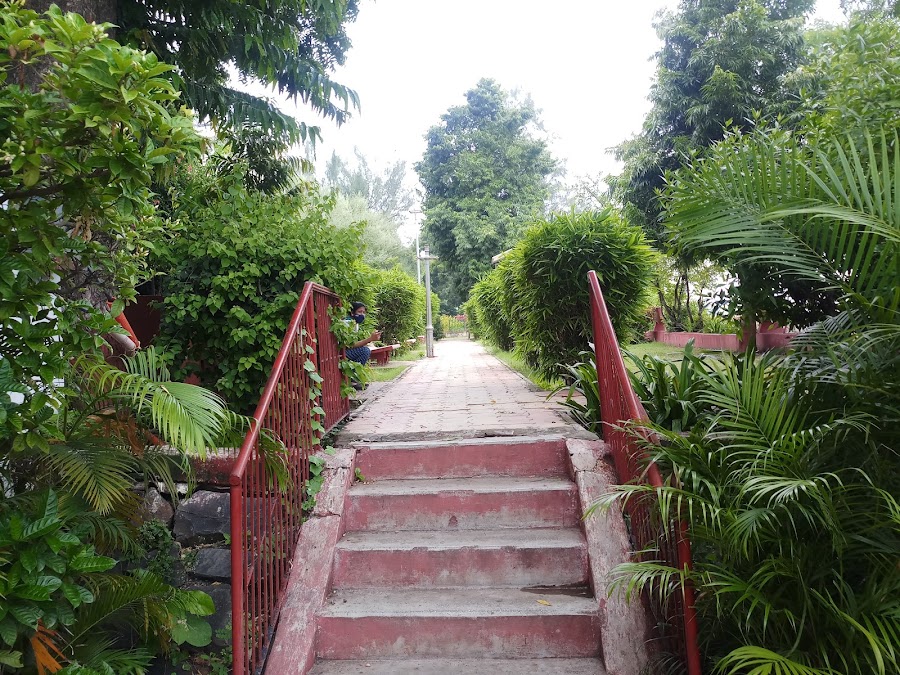
Dutch Garden
Surat, India
- Capture photos of the architecture
- Enjoy peaceful environment
- Explore historical tombs and structures
- Relax and reflect
- Stroll through the garden
Known for:
Description:
The Dutch Garden in Surat is a serene and historical site, offering a peaceful escape from the city's hustle. It's characterized by its well-maintained lawns, old colonial-era structures, and the tombs of Dutch and English officers. The garden provides a glimpse into the city's past, with its architecture reflecting the influence of European colonial powers. Visitors can stroll through the garden, enjoy the greenery, and appreciate the historical significance of the place. It's a popular spot for locals and tourists alike, seeking a quiet retreat and a touch of history amidst the urban landscape. The garden's tranquility makes it a great place for relaxation and reflection.
History:
The Dutch Garden, also known as the Dutch Cemetery, dates back to the 17th century when Surat was a major trading hub for the Dutch East India Company. The garden served as a burial ground for Dutch and English officials and traders who died in Surat during the colonial period. The tombs and mausoleums within the garden reflect a blend of European and Mughal architectural styles, showcasing the cultural interactions of the time. Over the centuries, the garden has been preserved to maintain its historical significance. It stands as a reminder of the city's colonial past and the influence of European powers on the region. The site has witnessed various phases of Surat's history, from a bustling trading port to a modern Indian city.